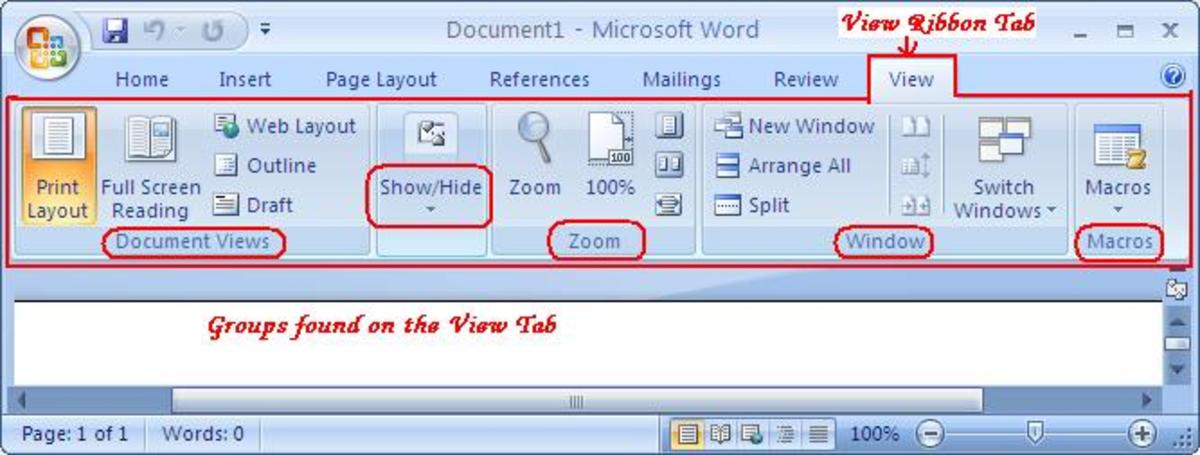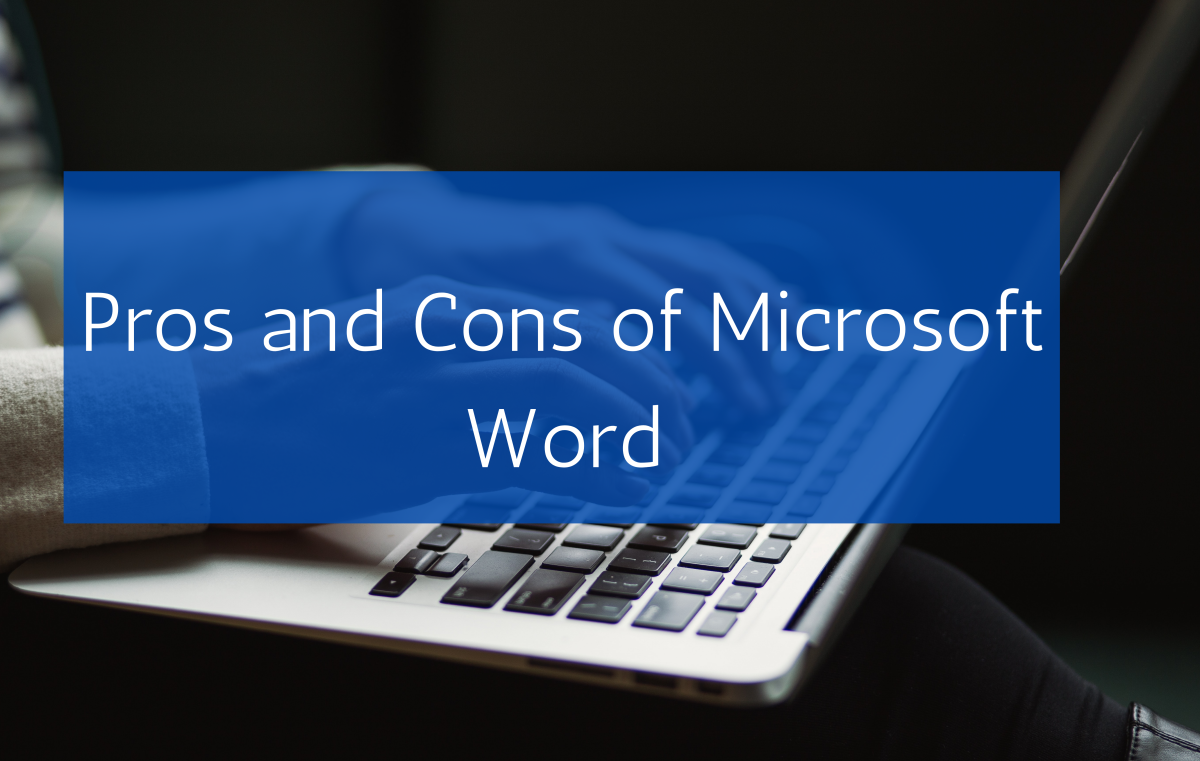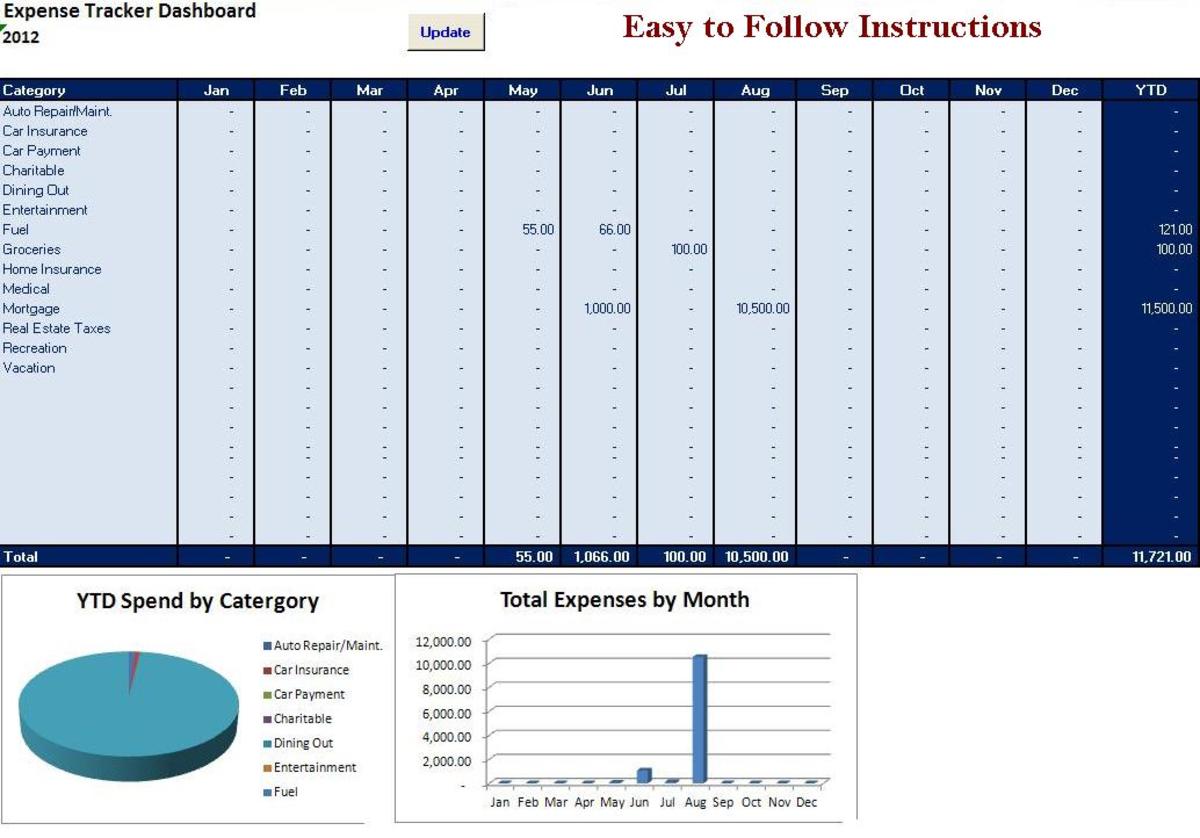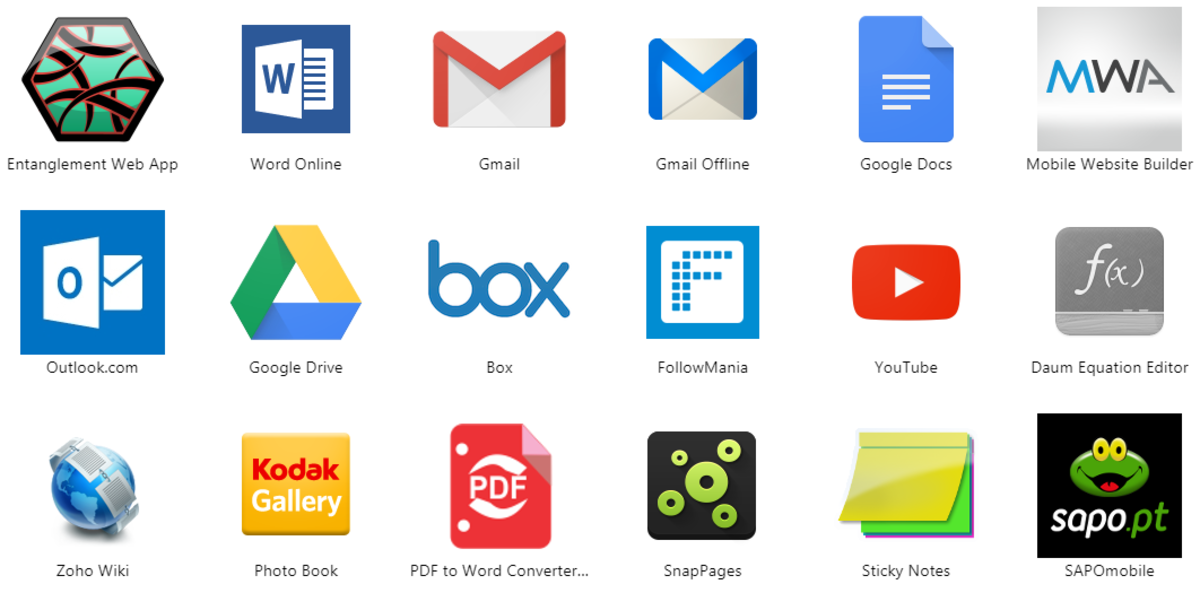Open Source Software: An Introduction
There is an abundance of good, free software out there that many don't know about but are catching on. I'm not talking about shareware or freeware that’s loaded with viruses and malware. Open source software is software that is professionally developed in collaboration efforts between developers. This means the software is developed with the intent of the software being publicly available for free under various public licenses. It also means the source code that is normally protected is available for anyone who wishes to add-to or modify the software. The term open source was coined by the Open Source Initiative in 1998. There are more definitive terms out there but I won't go into it in this article.
Some of the most notable programs can even rival the giant software developers like Microsoft and Adobe. In fact, you may even be utilizing open source software right now if you use Mozilla Firefox or Google Chrome web browsers. Even now we have the Android OS which competes with Apple's iPhone series cell phones. OpenOffice.org is a full office suite sponsored by Oracle which is very similar to Microsoft Office 2007. OpenOffice.org made their software interoperable with Microsoft Office file extensions so you can use OpenOffice.org suite to open and save documents that Microsoft Office can open and edit making it very valuable for businesses and individuals alike. GNU Image Manipulation Program, or simply GIMP , is a full-featured graphics editor that can replace the very expensive Adobe Photoshop. Professionals however should stick with Adobe Photoshop for now.
Open source software is not limited to only applications. Operating systems can also be free/open source too. Hundreds of Linux distributions are free, open sourced operating systems that you can easily download and install. To see a list of all the overwhelming number of distributions, visit DistroWatch.com. I wouldn’t however, recommend installing Linux on your computer unless you know what you (or a friend) are doing. There is a way around installing Linux on your hard drive though if you would like to try Linux. Many major distributions offer a “live CD” that you can boot from your CD/DVD drive and use or try out without installing anything on your hard drive. My recommendation for first-time Linux users would be PCLinuxOS or Ubuntu. Both are very user friendly and you don’t need to know Linux to use it. Usually Linux distributions also come packed with free software. They also contain repositories full of literally hundreds of free software applications ranging from office productivity to games.
Open source software is great for people who like alternative options. It is free and usually has the same functionality as their profitable counterparts. Sometimes though, the open source software just doesn’t cut it for business or professionals. Open source software doesn't always come with all the bells and whistles like their counterparts either. Businesses also don’t want to retrain their employees on how to use new software. A newly hired accountant for example, who recently graduated college, will know Microsoft Office but not OpenOffice.org. If however retraining wasn’t an issue, an office of 20 workstations could save thousands of dollars in costs.
Open source software is a great alternative for people who need the tools but don't want/can't pay for all the extra features. Open source software is gaining ground though, and some day, it might just be an easy enough choice for most people. For now, I recommend trying out OpenOffice.org. For those who are interested in how open source philosophy got started, visit the wiki page.








